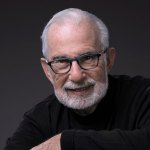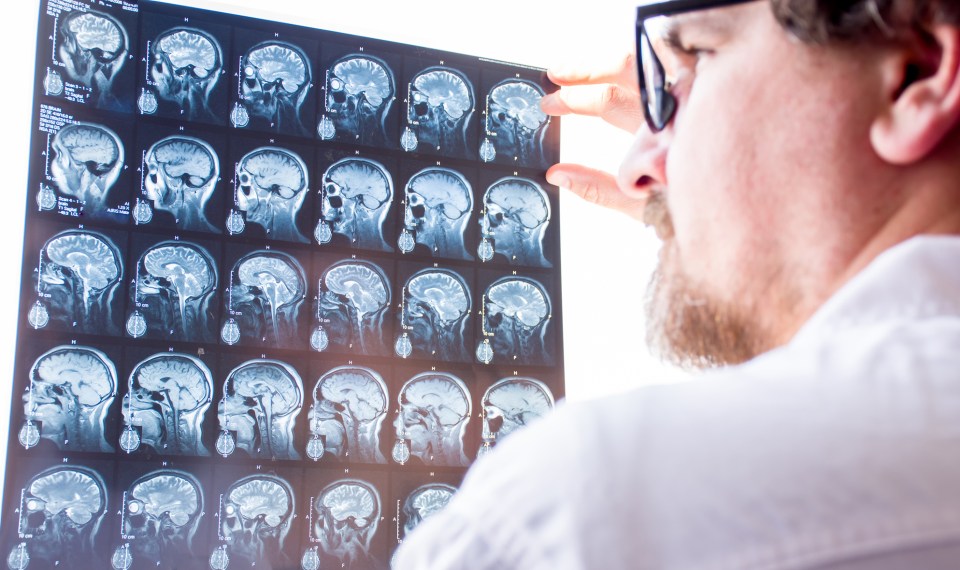I pondered the irony of my experience—a brain scientist having a stroke. I celebrated the joy I felt and the lessons I had learned. I was touched by the daunting reality; I was a stroke survivor.
Jill Bolte Taylor, “My Stroke of Insight”
The message in Dr. Jill Bolte’s TED Talk video on her life after stroke is inspirational, and there is no doubt that her sense of motivation and “stroke of insight” were strong factors in her recovery. But almost buried near the end of her talk there is one critical sentence: “It took me eight years to completely recover.”
Each year, 800,000 people suffer a stroke, and not all of them are as fortunate as Dr. Bolte. Her book, “My Stroke of Insight,” details her demanding work to regain her life, and the fact that the return of her abilities did not happen overnight. In addition to her “stroke of insight,” there were many other changes that took place in her brain: “I had to relearn basic personal care, including how to dress myself. I needed to be taught to put my socks on before my shoes and why.”
What Happens When You Have a Stroke?
When a stroke or brain injury damages a brain, it damages the connection between nerve cells. Remember your mother telling you to think with your “grey matter?” That grey matter is billions of nerve cells that are connected to each other by wires (axons) that carry the messages to move your arm or tell a waiter what you want for lunch.
Think about your garden — or a garden you’ve seen on television. When you cut a bush or prune it, the plant grows back bigger, lusher and healthier; it sprouts beautiful new growth. After a stroke or brain injury, the wires in your brain – those axons and dendrites of a nerve cell – start sprouting new “stems,” or new growth to seek out new connections. This is called collateral sprouting, and this regeneration is an important element of neural plasticity – the brain’s ability to repair itself.
Dose-Function-Motivation
We know from both animal and human research that with the right amount and type of therapy, we can both instruct other areas of the brain to take over the function of the damaged brain and also direct the damaged axons to connect with nerve cells that work. If you want to learn a new skill, you must repeat it many times. Just as multiple repetitions (practice) improve your piano playing or golf swing, multiple repetitions of a task also help drive the axons to connect with the nerve cells that will restore function.
Dose Matters
When we take a medication for a medical problem, we carefully adjust the dose. Too little of the antibiotic will make the infection get worse, or it never goes away. The same is true of rehabilitation. The intensity and amount of therapy matters. Much like it takes hours of practice to learn and improve playing a musical instrument, it takes hours of therapy to retrain the brain, nervous system and muscles. Malcolm Gladwell’s highly popular book, “Outliers,” used 10,000 hours as the time it takes to become a high level athlete or musician. It takes that much practice (repetitions) to train the brain and body. Remember, it took Dr. Bolte eight years to fully recover. That is 3.5 hours a day of working on getting better—not an unreasonable comparison.
Function Matters
If you want to learn to play a piano, you need to practice on a piano and not just read about it. The same is true for rehabilitation. If you had a stroke and have lost the use of your right arm, you will need to do tasks and therapy that require the use of your right arm. Performing these tasks will help rewire your brain. The more “functional” tasks you perform, the more you will improve, and more positive changes will take place in your nervous system. There is a good reason we tell you to keep your brain engaged as you get older.
Motivation Matters
Dr. Bolte is a perfect example of a highly motivated person who tries harder and has a better chance of getting better. Stroke survivors are motivated by their caregivers and therapists, but also by their surroundings. Dr. Bolte was fortunate to find her own “nirvana,” and gives a great deal of credit to her mother, G.G. “I needed those around me to be encouraging. I needed to know I still had value. I needed to have dreams to work toward.”
For everyone, the strength of both visible and invisible means of support make an enormous difference in their recovery. In her TED Talk, we see an engaging, funny and articulate woman with an important message. But it is equally important that we do not ignore her long and difficult journey.
The content of this site is for informational purposes only and should not be taken as professional medical advice. Always seek the advice of your physician or other qualified healthcare provider with any questions you may have regarding any medical conditions or treatments.




